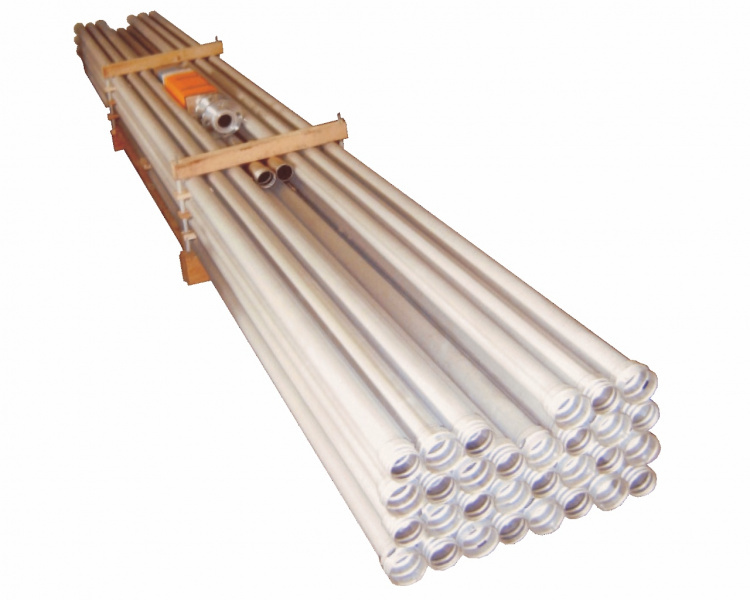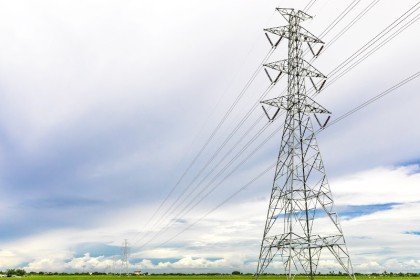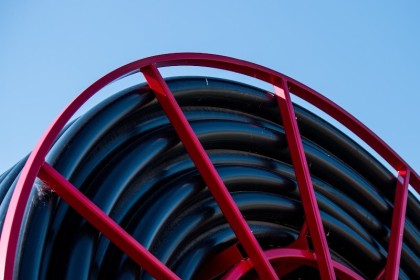
THE MOST IMPORTANT COMPONENT OF A BOREHOLE INSTALLATION
“The riser pipe is the most important component of a borehole installation,” says Gert Schwaeke of Ernest Electro Engineering who has specialized in supplying borehole equipment and sewage pumps to the mining, agriculture and various other industries for the past 45 years.
“The riser (also called the column or drop) pipe must carry the weight of the entire column filled with water as well as the pump, motor and cable. This weighs between 2 and 20 tons, but can be even more,” he explains.
In addition, the risers must be capable of handling the hydrostatic pressure inside the pipes. This is the pressure exerted by the water on the pipe due to the force of gravity.
Schwaeke adds that the risers must also withstand the torsion, or twisting, forces during pump start up and stopping. “The twisting action may lead to pipe breakage or cause the power cables to be ripped out of the motor.”
The risers must be sized correctly for minimum friction loss and optimum water flow. “A small pipe diameter is cheaper and the water will have a higher velocity, but has a greater chance of cavitation occurring. Cavitation reverses the water flow in the line and the weight of the falling water then destroys the pipe.”
“Larger diameter risers are more expensive, but have lower frictional head loss which will help to reduce the load on the pump and thus increase its lifespan,” he says.
According to Schwaeke other considerations when installing riser pipes include:
- Determining the height and distance that the water is to be pumped.
- Centering the risers inside the borehole casing.
- Securely clipping the power cables to the outside of the risers.
- Ensuring sufficient water passes over the motor to prevent overheating.
- Selecting risers that are corrosion and bacteria resistant.
- Selecting the correct accessories to suit the application, such as the baseplates
- Isolation flanges
- Many more
Ernest Electro Engineering supplies the high quality Beckert range of stainless steel riser pipes manufactured in Germany. They are available in various grades of stainless steel and carbon steel, can take pressure up to 100 bar and be installed to depths of 300 metres or more.
“Beckert riser pipes can be installed in boreholes deeper than 300 metres, but the diameter of the pipes need to be increased to suit the deeper applications,” says Schwaeke.
Contact Ernest Electro Engineering for assistance and more information. Tel: 011 792 9550 or visit www.ernestee.co.za












